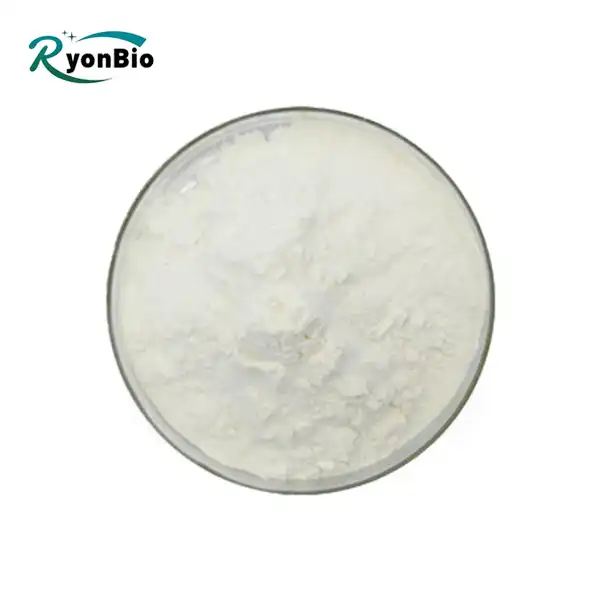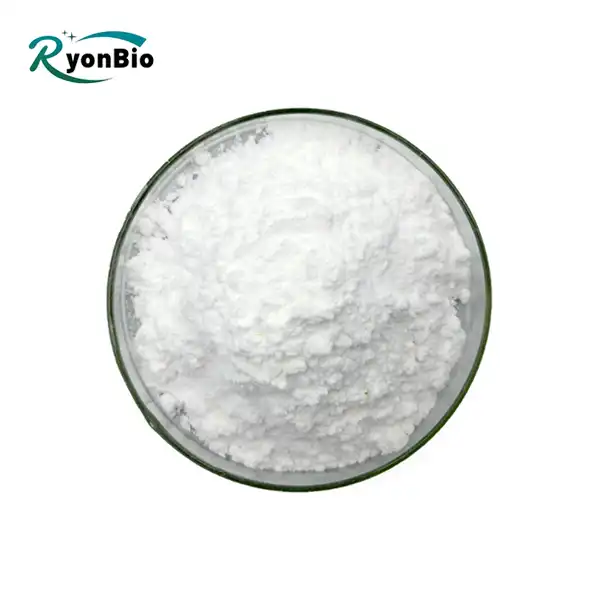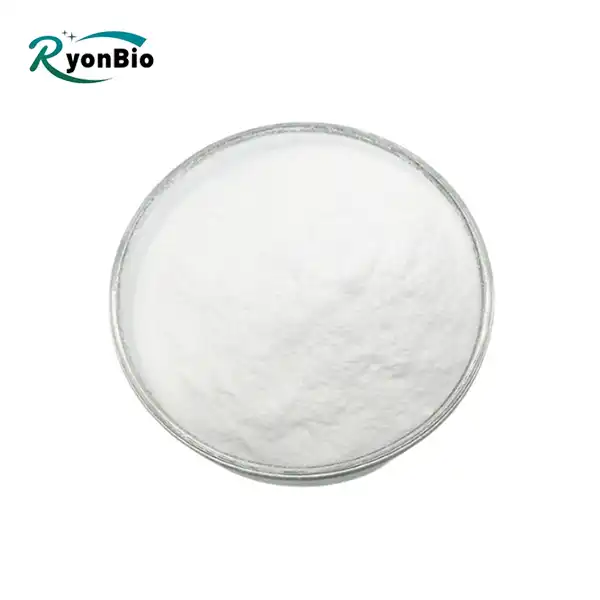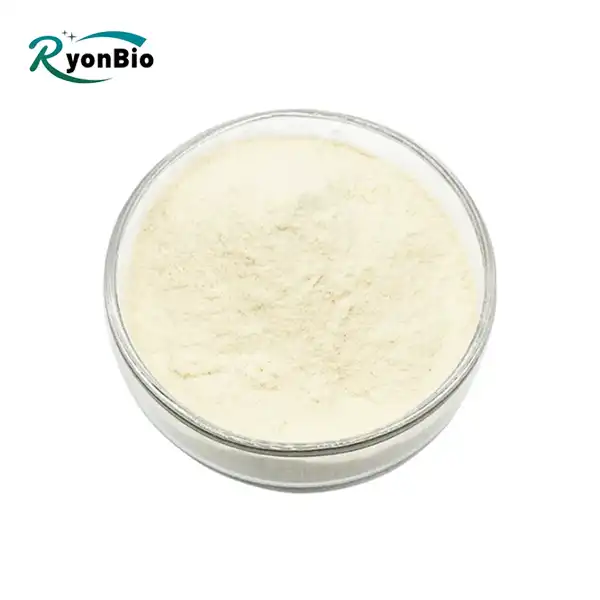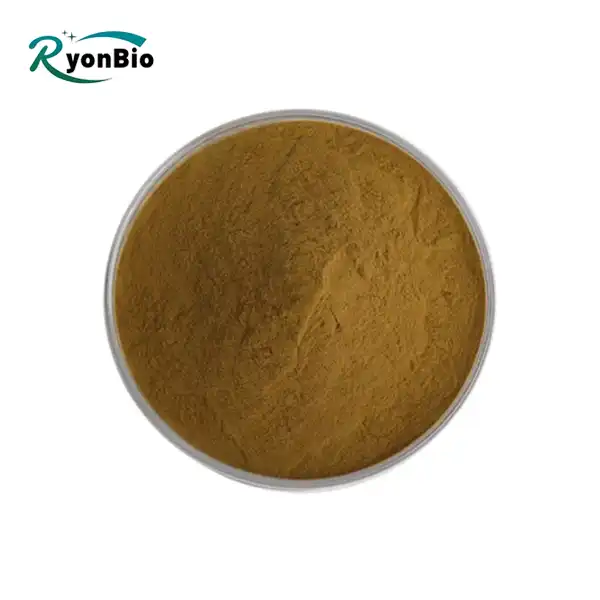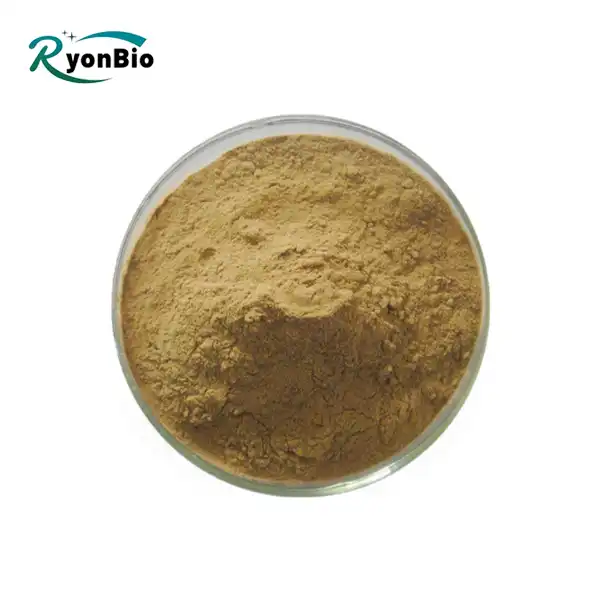How does Ellagic Acid Dihydrate Powder help with antioxidant protection?
In today's health-conscious world, the pursuit of natural remedies for bolstering antioxidant protection has led to increased interest in compounds like Ellagic Acid Dihydrate Powder. This article aims to explore the mechanisms through which it contributes to antioxidant protection. By synthesizing insights from reputable sources and expert opinions, we provide a comprehensive understanding of this vital subject.

Understanding Ellagic Acid Dihydrate Powder
Free Radical Scavenging: Ellagic Acid Dihydrate Powder is known for its ability to neutralize free radicals. Free radicals are highly reactive molecules produced during metabolism or when the body is exposed to environmental stressors like pollution or UV radiation. These radicals can damage cells, proteins, and DNA, contributing to various diseases and aging processes. Ellagic acid acts as a scavenger, intercepting and neutralizing these free radicals before they can cause harm.
Upgrade of Antioxidant Proteins: Ellagic corrosive has been found to upgrade the movement of certain antioxidant proteins in the body, such as superoxide dismutase (Turf) and catalase. These chemicals play a pivotal part in the body's defense against oxidative stretch by breaking down destructive responsive oxygen species (ROS) into less hurtful molecules.
Anti-Inflammatory Impacts: Inveterate irritation is closely connected to oxidative push and is involved in different maladies, counting cardiovascular infection, diabetes, and cancer. Ellagic corrosive shows anti-inflammatory properties by repressing incendiary pathways and decreasing the generation of pro-inflammatory atoms, subsequently by implication contributing to antioxidant protection.
Protection Against DNA Harm: DNA harm is a trademark of oxidative stretch and is related with maturing and the advancement of maladies like cancer. Ellagic Acid Dihydrate Powder has been appeared to ensure DNA from oxidative harm by rummaging free radicals and upgrading the movement of repair proteins that adjust DNA damage.
|
|
|
|
Exploring Antioxidant Protection Mechanisms
Scavenging Free Radicals: Free radicals, such as responsive oxygen species (ROS) and receptive nitrogen species (RNS), are profoundly responsive particles with unpaired electrons. They can cause harm to cellular components like lipids, proteins, and DNA. Cancer prevention agents neutralize free radicals by giving electrons, subsequently stabilizing them and avoiding them from starting destructive chain responses.
Enhancement of Antioxidant Enzymes: Antioxidant enzymes are crucial components of the body's defense system against oxidative stress. Examples include superoxide dismutase (SOD), catalase, and glutathione peroxidase. Antioxidants can enhance the activity of these enzymes, amplifying the cellular antioxidant capacity and promoting the breakdown of harmful ROS and RNS into less reactive or inert molecules.
Reduction of Oxidative Stress: Oxidative stress occurs when there's an imbalance between the production of free radicals and the body's antioxidant defenses. Excessive oxidative stress can lead to cellular damage and contribute to the development of various diseases, including cardiovascular disease, neurodegenerative disorders, and cancer. Antioxidants help mitigate oxidative stress by neutralizing free radicals and reducing their damaging effects on cells and tissues.
Anti-Inflammatory Effects: Chronic inflammation and oxidative stress are closely intertwined processes, each exacerbating the other. Antioxidants possess anti-inflammatory properties by modulating inflammatory pathways and reducing the production of pro-inflammatory molecules like cytokines and chemokines. By dampening inflammation, antioxidants indirectly contribute to antioxidant protection by alleviating oxidative stress.
|
|
|
Harnessing Synergistic Effects
Combining Antioxidant-Rich Foods: Consuming a diverse range of antioxidant-rich foods provides a variety of phytochemicals with distinct antioxidant properties. For example, combining fruits like berries (rich in anthocyanins) with nuts (rich in vitamin E) and leafy greens (rich in carotenoids) can provide a synergistic mix of antioxidants that scavenge free radicals through different mechanisms and target multiple pathways involved in oxidative stress.
Phytochemical Combinations: Many plant-derived compounds exhibit antioxidant properties, including flavonoids, polyphenols, and carotenoids. Combining different phytochemicals, either through dietary sources or supplements, can create synergistic effects. For instance, studies have shown that combining curcumin (from turmeric) with piperine (from black pepper) enhances the bioavailability and antioxidant activity of curcumin.
Nutrient Interactions: Certain nutrients interact synergistically to enhance antioxidant protection. For example, vitamin C regenerates vitamin E, extending its antioxidant capacity. Similarly, selenium enhances the activity of glutathione peroxidase, a key antioxidant enzyme. Consuming a balanced diet that includes a variety of vitamins, minerals, and other nutrients promotes synergistic interactions that optimize antioxidant defense mechanisms.

Lifestyle Interventions: Lifestyle factors such as regular exercise, adequate sleep, and stress management can complement antioxidant-rich diets by reducing oxidative stress and enhancing antioxidant capacity. Exercise, for instance, stimulates the production of endogenous antioxidants and improves mitochondrial function, thereby bolstering cellular resilience to oxidative stress.
Addressing User Queries
Users seeking information on the benefits of Ellagic Acid Dihydrate Powder in antioxidant protection often have queries regarding its safety, dosage, and potential side effects. Addressing these concerns requires a balanced approach that considers scientific evidence, expert recommendations, and user experiences. By providing accurate and transparent information, we empower users to make informed decisions about incorporating it into their wellness regimen.
Navigating Diverse Perspectives
Navigating the vast landscape of information on Ellagic Acid Dihydrate Powder and antioxidant protection entails discerning between credible sources and anecdotal claims. By consulting reputable medical institutions, peer-reviewed journals, and authoritative websites, we ensure the reliability and accuracy of the information presented. This approach enables us to offer valuable insights that resonate with users' search intent and promote evidence-based decision-making.
Conclusion
In conclusion, Ellagic Acid Dihydrate Powder emerges as a promising natural compound with significant potential in antioxidant protection. By elucidating its mechanisms of action, exploring synergistic effects, and addressing user queries, we've endeavored to provide a comprehensive overview of its benefits. Moving forward, continued research and collaboration are essential to unlock the full therapeutic potential of it in promoting overall health and well-being.If you want to learn more about it, welcome to contact us:kiyo@xarbkj.com.
References
National Institutes of Health - Office of Dietary Supplements. (https://ods.od.nih.gov/)
Journal of Agricultural and Food Chemistry. (https://pubs.acs.org/journal/jafcau)
Mayo Clinic. (https://www.mayoclinic.org/)
PubMed. (https://pubmed.ncbi.nlm.nih.gov/)
WebMD. (https://www.webmd.com/)





